Also this year the magical moment of the harvest has come! Starting from September the harvest of our best grapes continues non-stop. We tell you how the Montioni 2020 harvest of three types of grapes is proceeding: Sangiovese, Grechetto and Merlot.
Grechetto
The vine among the symbols par excellence of Umbria is harvested manually, at the first light of dawn. Because? In this way the grapes remain fresh and do not lose aromas and freshness on the palate. An excellent harvest is expected, made up of all healthy and flourishing grapes!
The peel of the berries was immediately separated from the juice since the fermentation of Grechetto takes place without the peels, and its liquid will ferment for about 20 days in a completely natural way.
To produce Grechetto IGT wine, the grapes must be 100% Grechetto. To learn more about our white Grechetto click HERE


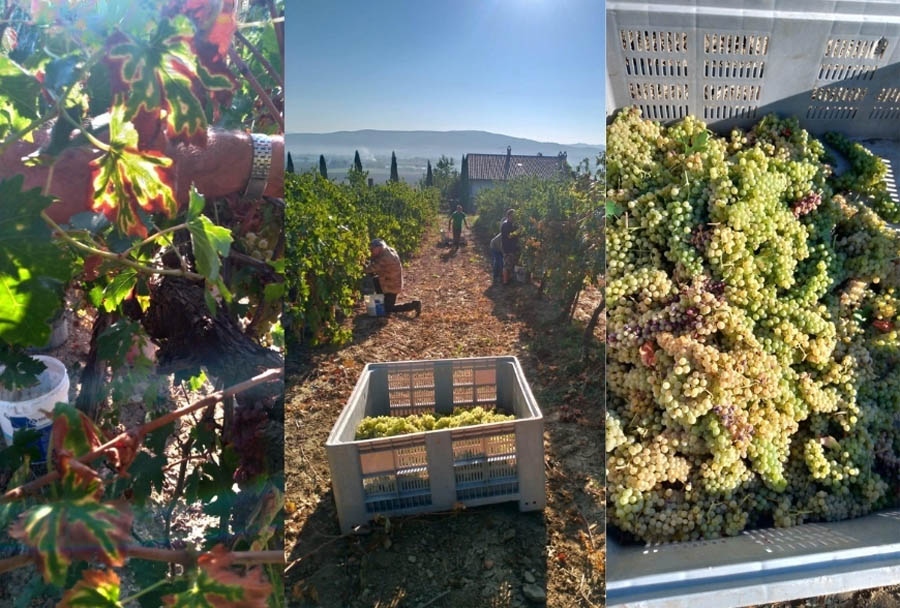
Merlot
The manual harvesting of our Organic Merlot grapes has opened the dance to the whole harvest of the year 2020!
The bunches collected, albeit slightly less than the typical harvest, have very healthy and very compact berries. The grape is intact and covered with a very thick skin: the ideal situation for long fermentations that tend to extract more color.
After harvesting, the Merlot grapes were immediately de-stemmed and placed in the tank for the fermentation phase.
Merlot grapes make up 50% of our UMBRIA ROSSO IGT and about 20% of our MONTEFALCO ROSSO.
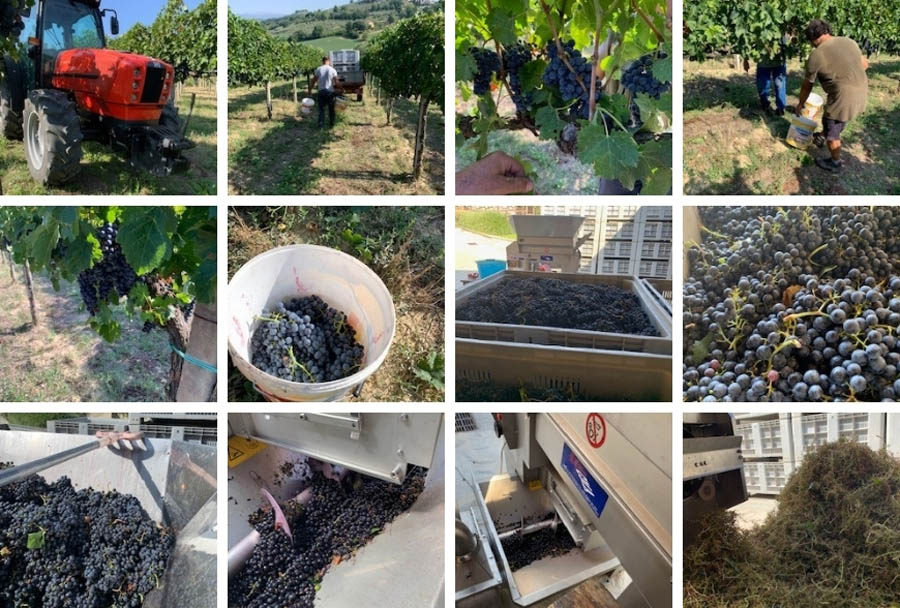
Sangiovese
Finally we tell you about the harvest of Sangiovese grapes: the quantity is good, not excessive, the bunches are compact and very healthy: a wonder for the eyes!
the sugar content is optimal, as is the color of the grape and its level of acidity.
The Sangiovese grape makes up 50% of ours UMBRIA ROSSO IGT and about 65% of ours MONTEFALCO ROSSO
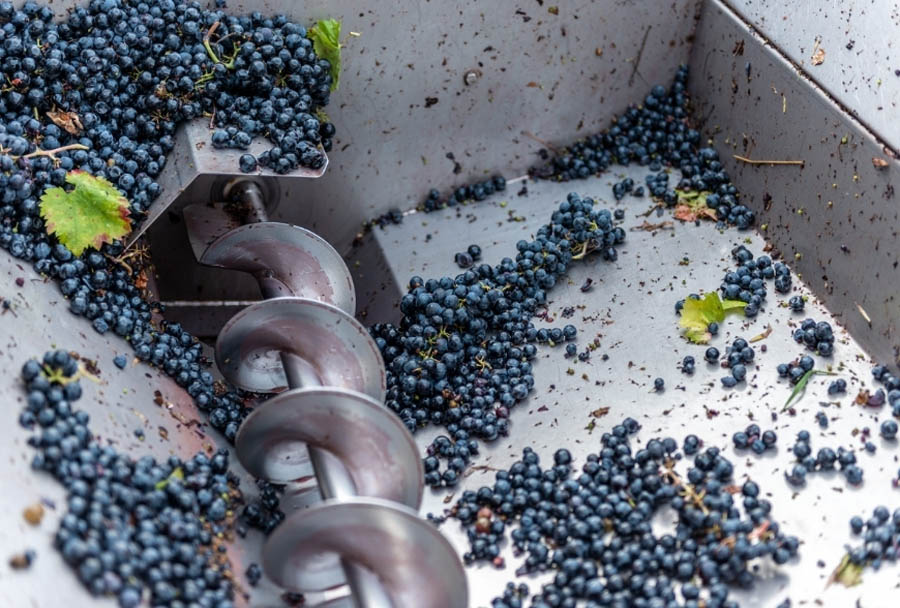
On occasion, the winemaker may decide to leave them in if the grapes themselves contain less tannin than desired. This is more acceptable if the stems have ‘ripened’ and started to turn brown. If increased skin extraction is desired, a winemaker might choose to crush the grapes after destemming.
Wine is one of the most civilized things in the world and one of the most natural things of the world that has been brought to the greatest perfection, and it offers a greater range for enjoyment and appreciation than, possibly, any other purely sensory thing.
Ernest Hemingway Tweet
Removal of stems first means no stem tannin can be extracted. In these cases the grapes pass between two rollers which squeeze the grapes enough to separate the skin and pulp, but not so much as to cause excessive shearing or tearing of the skin tissues. In some cases, notably with “delicate” red varietals such as Pinot noir or Syrah, all or part of the grapes might be left uncrushed (called “whole berry”) to encourage the retention of fruity aromas through partial carbonic maceration.
The Grapes
The quality of the grapes determines the quality of the wine more than any other factor. Grape quality is affected by variety as well as weather during the growing season, soil minerals and acidity, time of harvest, and pruning method. The combination of these effects is often referred to as the grape’s terroir.
Grapes are usually harvested from the vineyard from early September until early November in the northern hemisphere, and mid February until early March in the southern hemisphere.
In some cool areas in the southern hemisphere, for example Tasmania, harvesting extends into May. The most common species of wine grape is Vitis Vinifera, which includes nearly all varieties of European origin. The most common species of wine grape is Vitis Vinifera, which includes nearly all varieties of European origin.

Manual harvesting is the hand-picking of grape clusters from the grapevines. In the United States, some grapes are picked into one- or two-ton bins for transport back to the winery. Manual harvesting has the advantage of using knowledgeable labor to not only pick the ripe clusters but also to leave behind the clusters that are not ripe or contain bunch rot or other defects. This can be an effective first line of defense to prevent inferior quality fruit from contaminating a lot or tank of wine.
Destemming is the process of separating stems from the grapes. Depending on the winemaking procedure, this process may be undertaken before crushing with the purpose of lowering the development of tannins and vegetal flavors in the resulting wine. Single berry harvesting, as is done with some German Trockenbeerenauslese, avoids this step altogether with the grapes being individually selected.
Crushing is the process when gently squeezing the berries and breaking the skins to start to liberate the contents of the berries. Destemming is the process of removing the grapes from the rachis (the stem which holds the grapes).
In traditional and smaller-scale wine making, the harvested grapes are sometimes crushed by trampling them barefoot or by the use of inexpensive small scale crushers. These can also destem at the same time. However, in larger wineries, a mechanical crusher/destemmer is used. The decision about destemming is different for red and white wine making. Generally when making white wine the fruit is only crushed, the stems are then placed in the press with the berries. The presence of stems in the mix facilitates pressing by allowing juice to flow past flattened skins.
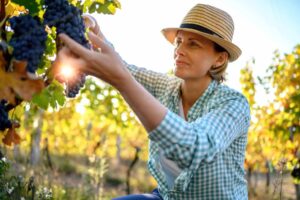
Katerina Monroe
@katerinam • More Posts by Katerina
Congratulations on the award, it's well deserved! You guys definitely know what you're doing. Looking forward to my next visit to the winery!
